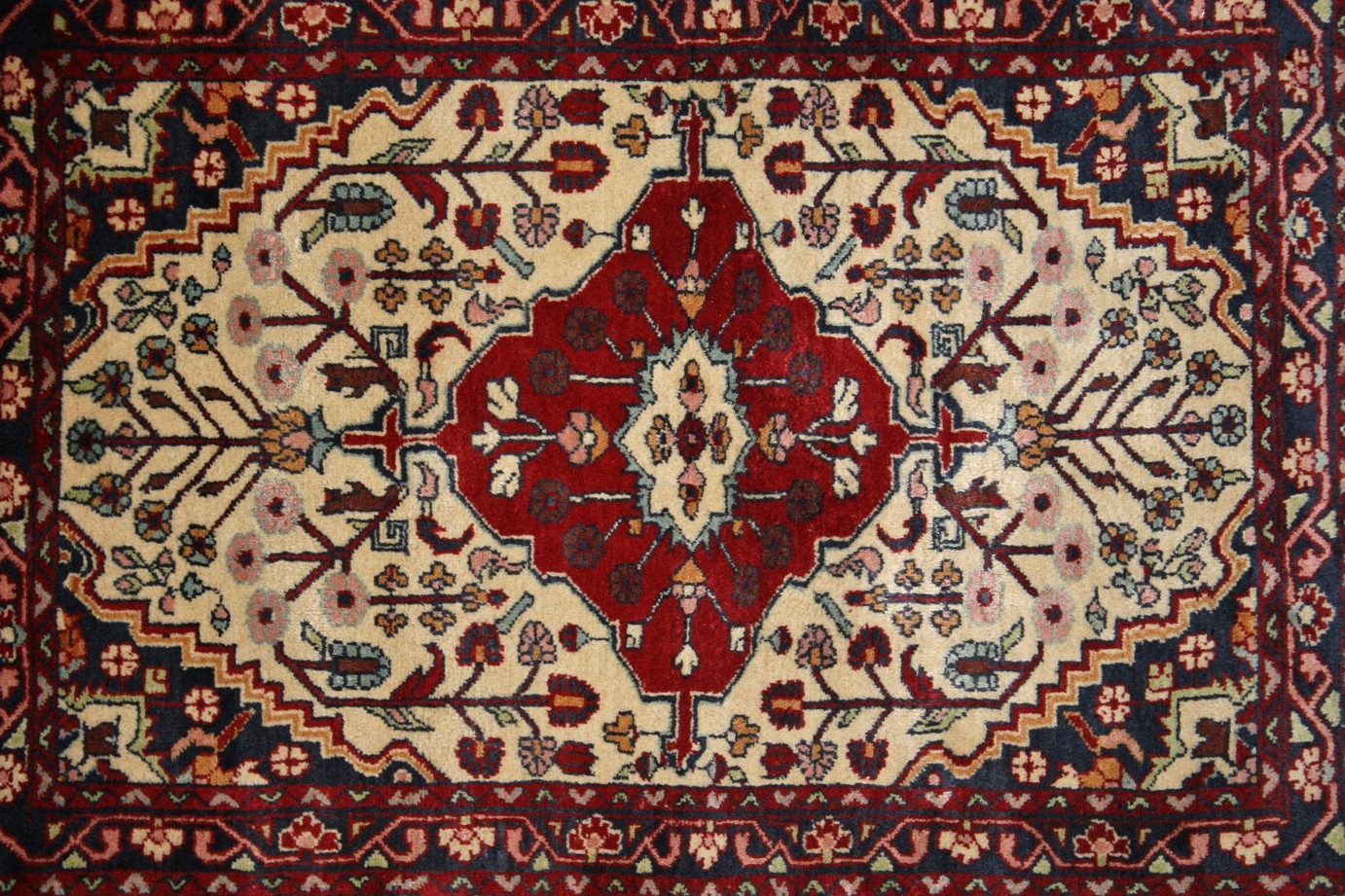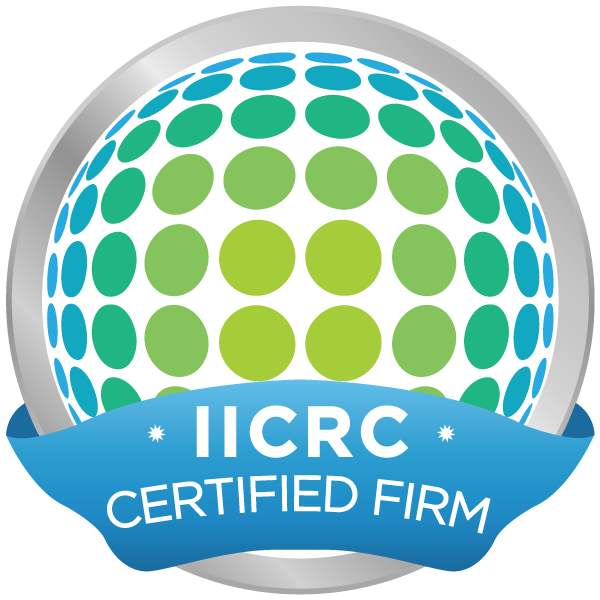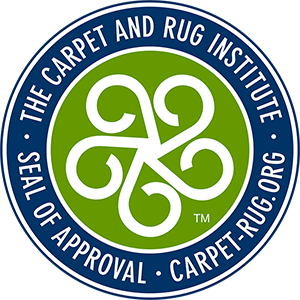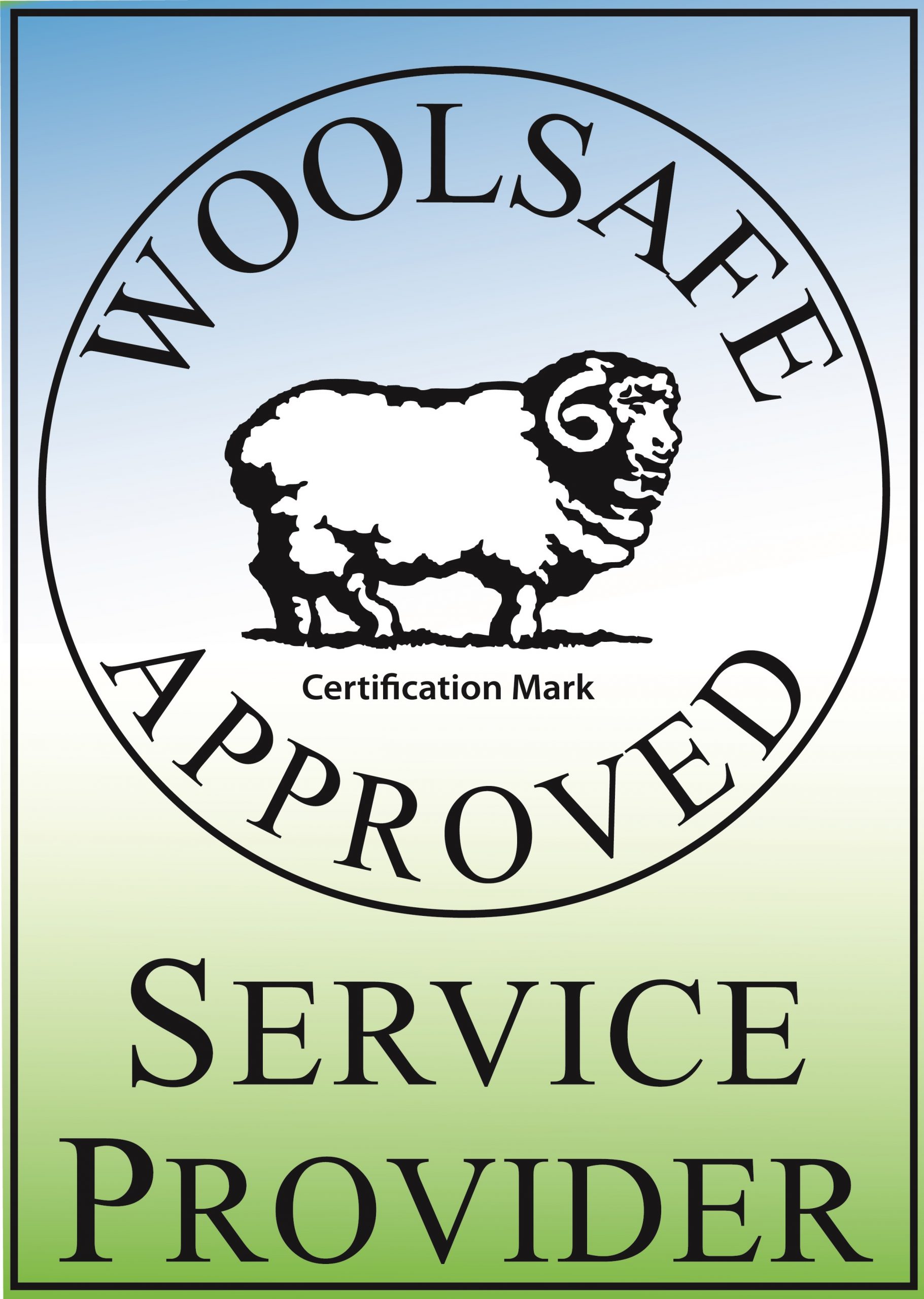
Online Oriental and Persian Area Rug Appraisals
How We Appraise Oriental And Persian Area Rugs Online
Oriental and Persian area rugs have been a worldwide favorite among collectors, interior designers, and homeowners for decades. They are appreciated and enjoyed by royalty and laypeople alike as art and items of beauty, elevated luxury, and status.
Daily Oriental Rug Salon receives online rug appraisal requests from clients around the United States curious about the value or history of a rug they inherited, purchased abroad, or from a rug reseller or flea market. Some clients need appraisals for donation or insurance purposes, while others are curious about their rug’s value, history or would like to offer for sale and want top dollar.
Appraisal reports by Oriental Rug Salon provide information such as a description of the area rug and historical data, including the identification and design, region made, auction, and insurance data, approximate age, along with other facts. Our reports are printed on fine linen paper and contain photographs and an embossed signature area of the appraiser.
When appraising wool and silk textiles, our appraisers consider various factors when assigning a value, such as:
Condition
A highly emphasized consideration for determining an Oriental or Persian rug’s value is the condition relative to its age. The older the textile, and the better condition it is in, the rarer and more valuable it will be on the market.
When appraising a rug, our appraiser looks for damage such as discoloration, fading, fraying, holes, burns, stains, and other compromises to the rug’s quality of appearance and function. Even if your rug is not in top-notch condition, all is not necessarily lost; in some cases, when a piece is particularly old, rare, and sought after, it may still be worth quite a lot even if it does have some flaws from the wear of time. Likewise, just because your item is in like-new condition, and you spent a lot on it, does not mean it will be high in value if it is not particularly desirable to buyers on the market or if the rug was overpriced, to begin with.
Origin
The country in which an Oriental or Persian rug is made greatly impacts its value in both antique and new items alike. Some regions, towns, villages, or workshops are historically well known and highly regarded for their craftsmanship and artistry in producing rugs. Thus, with the name comes a reputation that will inherently possess a higher value.
For example, the Turkish village of Usak in Central Anatolia has been weaving carpets for centuries. Today, it holds status as one of the most admired and much-valued places of origin in weaving. Rugs woven in Turkey today require a great deal more time, finishing processes, and skill than most other contributors to the market, as wool must be handspun and dyed in small batches of different colors, and Turkish labor is more expensive. Alongside this, the fact that an item bears the label of an authentic Usak rug will ensure that its value will be enduringly high.
Materials and craftsmanship
Not only do the materials and craftsmanship utilized in the making of a textile directly affect its aesthetic appeal, but they are also significant components in determining its value. Most often, the materials used in the making of authentic Oriental and Persian rugs will be camel hair, goat hair, wool, cotton, silk, and metal threads.
Many recently made rugs on the market that “purport to be Oriental or Persian” use materials such as banana silk, cactus silk, and even some synthetic substances. These rugs are not authentic “Oriental or Persian” rugs and are merely copies of the real thing and are made by machine and not by hand. They have no collectible value.
Did You Know?
When assessing a rug’s value, an appraiser knows the difference between man-made materials, genuine wool, or silk. Natural wool or silk construction is more desirable than artificial fibers.
To determine a rug’s value, an appraiser should be able to identify the various types of wool used in its construction such as Merino, Angora, Mohair, etc.
This identification helps the appraiser assign a value based on the construction yarns, twist, colors, etc. It is also important to be able to determine if the wool has been handwoven or by machine as these factors will be noticeable in the rug’s quality and appraisal value.
Other factors
The knot density of a rug will also affect its worth. Even today, most weaving patterns are unique to specific regions; however, in some areas where labor is cheaper, weavers are instructed to use knots that are not local to the area. As a result of this profit-driven approach to weaving, wools of lesser quality and density will be used, and knots will be tied in a flimsy manner; these pieces will not be as durable and resilient against the test of time. A rug of lesser quality such as this will be identifiable by its flexibility when handling it, whereas a high-quality rug will feel sturdier and more difficult to bend.
When it comes to the coloring of a rug, natural dyes are, without exception, preferred to synthetic ones; this is due to the more earthy appearance of the colors and the expertise and knowledge required to complete the complicated process of their creation. This additional labor and limited availability of those who possess the training to make these colors contribute to the textile’s value.
Appraisal
As is the case with many works of art and collectibles, especially in wool or silk rugs, the more authentic the piece, the better. The best way to truly identify and ascertain your rug’s actual value is to seek a professional appraisal. You can not go on the “sales price” of a rug or what the retailer is purporting the rug’s value to be. We’ve seen clients overpay by thousands of dollars because they fell into the trap of seeing a discounted price marked on the retail value of a rug they liked. Only an expert will genuinely understand the nature of your textile, thus reducing the margin for error in determining its value as much as possible.
Here at Oriental Rug Salon, we have professional appraisers in the field who can lead you on your journey to finding the value of your Oriental and Persian area rug. Many rug collectors, purchasers of Oriental or Persian rugs, and interior designers rely on our services to help them negotiate a rug price before overpaying by thousands of dollars at a retail location.
Besides our area rug appraisal services, Oriental Rug Salon is a well-respected leader in authentic hand-washing of wool and silk area rugs. We also specialize in area rug repairs, pet-urine, and odor treatments and offer secure storage. We receive rugs from around the world that require cleaning, repairs, or appraisals and are honored to be the “cleaner and appraiser of choice” to many interior designers, rug collectors, Oriental and Persian rug retailers, insurance companies, and rug owners who cherish their area rugs.
For more information about our rug cleaning or online rug appraisal services, please visit us online at www.OrientalRugSalon.com or “call us on the carpet” anytime at 239-424-8171.
You can also visit us on Facebook at: https://www.facebook.com/OrientalRugSalon



